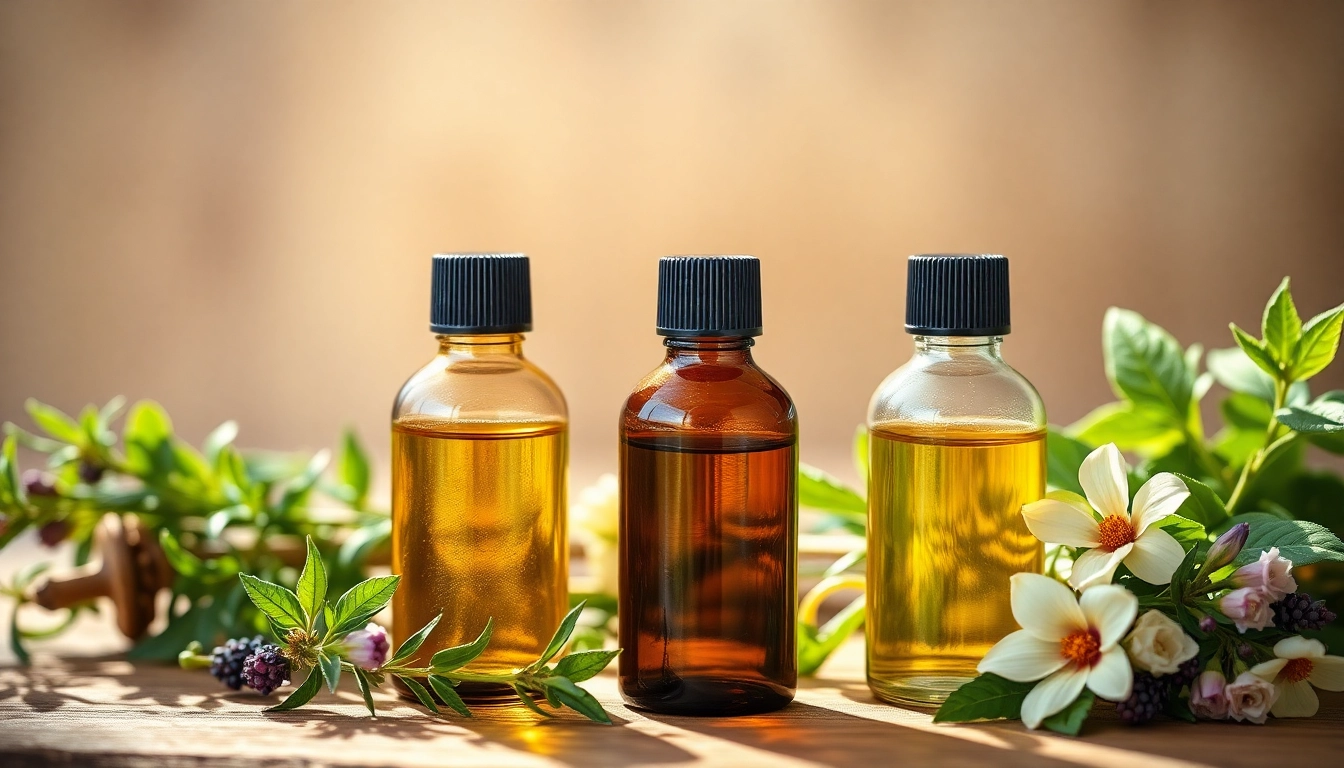Understanding the Importance of Hygiene
Definition and Overview of Hygiene
Hygiene refers to the set of practices and conditions that promote health and prevent illness by maintaining cleanliness. The scope of hygiene encompasses various aspects of our lives, including personal hygiene, food hygiene, and environmental hygiene. The primary objective is to foster an environment conducive to good health, equipping individuals with the knowledge to adopt habits that mitigate infectious diseases and enhance overall well-being. According to the hygiene principles, the conditions and practices that contribute to health encompass cleanliness, disinfection, and sanitation.
Good hygiene is a crucial aspect of daily living, impacting not only personal health but also community health. By practicing hygiene, individuals can effectively reduce the spread of infectious diseases, ensure food safety, and maintain clean living environments. The importance of hygiene extends beyond just personal benefits, as collective practices can create healthier communities overall.
Why Hygiene Matters for Health
The significance of hygiene for health cannot be overstated. The Centers for Disease Control and Prevention (CDC) emphasizes that good hygiene practices can prevent numerous health-related issues, including infections, skin diseases, and foodborne illnesses. Simple practices like regular handwashing can significantly reduce the transmission of pathogens, which are responsible for many communicable diseases.
Furthermore, a 2022 study in the Journal of Public Health highlighted that communities that prioritize hygiene experience lower rates of illnesses such as influenza and gastrointestinal infections. Hygiene acts as the first line of defense against infections and diseases. In settings where hygiene is practiced rigorously—such as hospitals, food production facilities, and schools—the incidence of illness plummets, underscoring its critical role in health maintenance.
Common Myths About Hygiene
Despite the well-recognized importance of hygiene, numerous myths persist regarding its implications and practices. Here, we debunk some prevalent misconceptions:
- Myth 1: Showering daily is necessary for good hygiene. While bathing regularly helps to eliminate dirt and bacteria, excessive showering can strip the skin of natural oils, leading to irritation and dryness.
- Myth 2: Hand sanitizer is a complete substitute for soap and water. While hand sanitizers are effective when soap and water aren’t available, they do not eliminate all types of germs, especially some microorganisms that are resilient.
- Myth 3: Stronger cleaning products mean better hygiene. Often, using harsh chemicals can be detrimental to health. Many effective hygiene practices revolve around gentle yet effective cleaning methods.
Personal Hygiene: Guidelines for Daily Practices
Handwashing Techniques for Optimal Hygiene
Handwashing is perhaps the simplest yet most effective method to prevent the spread of germs. The CDC recommends washing hands with soap and water for at least 20 seconds, especially after using the restroom, before eating, and after coughing or sneezing. Here’s a step-by-step guide to proper handwashing:
- Wet your hands with clean running water (warm or cold).
- Apply soap and lather by rubbing your hands together.
- Scrub all surfaces of your hands, including the backs of your hands, between your fingers, and under your nails.
- Rinse your hands well under clean running water.
- Dry your hands using a clean towel or air dry them.
Regular handwashing can reduce respiratory infections by up to 21%, making it a fundamental practice for health-conscious individuals.
Bathing and Body Care Routines
Bathing is a crucial aspect of personal hygiene. It not only serves to clean the body but also to relax and refresh the mind. A healthy bathing routine should include:
- Daily baths or showers, keeping in mind skin type and climate.
- Using suitable soap or body wash that does not irritate the skin.
- Maintaining specific attention to areas prone to odors and sweat.
- Regular exfoliation of skin to remove dead cells and promote circulation.
In addition to showering, aspects like trimming nails, managing body hair, and maintaining foot hygiene are essential components of a comprehensive personal care routine.
Importance of Oral Hygiene
Oral hygiene is a significant area of personal hygiene that impacts not only dental health but also overall health. The World Health Organization (WHO) suggests that good oral hygiene, which includes regular brushing and flossing, can prevent gum disease, cavities, and a host of systemic diseases linked to oral health.
Best practices for maintaining oral hygiene include:
- Brushing teeth twice daily with fluoride toothpaste.
- Flossing daily to remove food particles and plaque between teeth.
- Regular dental check-ups for professional cleaning and examination.
- Limiting sugary snacks and beverages that foster tooth decay.
Neglecting oral hygiene can lead to severe complications, including heart disease and diabetes, showcasing the connection between oral health and overall bodily well-being.
Hygiene in Food Preparation and Safety
Food Hygiene Basics
Food hygiene is a crucial component of hygiene that focuses on handling, preparing, and storing food in a manner that prevents foodborne illnesses. The WHO outlines essential food hygiene practices, which include:
- Washing hands before and after food preparation.
- Separating raw and cooked foods to avoid cross-contamination.
- Cooking food thoroughly to safe temperatures.
- Storing food at the appropriate temperatures to inhibit bacterial growth.
Maintaining food hygiene is vital in preventing foodborne illnesses that can lead to severe health consequences, particularly among vulnerable populations like children and the elderly.
Safe Cooking Techniques
When it comes to cooking, certain techniques can significantly enhance food safety:
- Using a food thermometer: This ensures that food reaches safe internal temperatures, critical for killing harmful bacteria.
- Marinating food safely: Always marinate food in the refrigerator, not on the counter.
- Cleaning utensils: Ensure cutting boards, knives, and other utensils are cleaned between uses to prevent cross-contamination.
The CDC warns that foods like poultry should be cooked to at least 165°F (75°C), while ground meats should reach 160°F (71°C). These practices are non-negotiable for anyone serious about food safety.
Preventing Foodborne Illness Through Hygiene
Foodborne illnesses are largely preventable through effective hygiene and food safety practices. An estimated 48 million Americans suffer from foodborne illnesses every year, and many of these cases can be attributed to improper handling of food.
Key strategies for eliminating the risk of foodborne pathogens include:
- Practicing “clean, separate, cook, and chill” at every stage of food preparation.
- Educating oneself and family members about food safety risks and practices.
- Staying informed about food recalls and safety announcements to mitigate exposure to contaminated food products.
Implementing these strategies not only ensures individual safety but also contributes to public health by decreasing the incidence of foodborne illnesses.
Environmental Hygiene: Keeping Spaces Clean
Cleaning and Disinfecting Strategies
A hygienic environment is vital for health and comfort. Effective cleaning and disinfecting strategies are essential in removing pathogens from surfaces. It is crucial to:
- Utilize appropriate cleaning agents designed for specific surfaces while following label instructions.
- Establish a regular cleaning schedule that includes high-touch areas, kitchens, and bathrooms.
- Implement disinfecting methods, especially during flu season or outbreaks of contagious diseases.
The Environmental Protection Agency (EPA) provides guidelines and recommendations to help individuals and organizations maintain a clean and safe environment, emphasizing the importance of regular cleaning as part of a broader public health strategy.
Creating a Hygienic Living Environment
In creating a hygienic living environment, consider the following practices:
- Ensure good ventilation in living and working spaces to reduce the concentration of airborne pathogens.
- Declutter areas to facilitate easier cleaning and reduce hiding spots for pests that could introduce infections.
- Incorporate plants that may purify the air and contribute positively to the indoor environment.
Good environmental hygiene enhances both physical and mental well-being, contributing to a holistic approach to health.
Hygiene Practices During Illness
During illness outbreaks, be proactive about hygiene to protect yourself and others. Key practices include:
- Staying home when feeling unwell to prevent the spread of illness.
- Covering coughs and sneezes using a tissue or elbow to minimize respiratory droplets.
- Frequent handwashing, especially after contact with surfaces that others have touched.
Promoting hygiene during illness not only aids in faster recovery but also protects those around you, especially those who may be more vulnerable.
Implementing and Measuring Hygiene Practices
Establishing a Hygiene Routine
Building a strong hygiene routine is essential for sustaining good health practices. Here’s how to establish a sustainable routine:
- Start by identifying key hygiene practices—like handwashing, oral hygiene, and food safety—that you want to incorporate into your daily life.
- Create a schedule that integrates these practices seamlessly, making them habitual.
- Use reminders and checklists to track your daily hygiene habits until they become ingrained.
Regular evaluation and adjustment of the routine will ensure that it remains effective and adaptable to life changes.
Tracking Hygiene Effectiveness
To measure the effectiveness of hygiene practices, consider:
- Monitoring the frequency of illness occurrences in your household or workplace.
- Keeping records of personal health outcomes related to hygiene (e.g., dental check-ups, dermatological evaluations).
- Soliciting feedback from family members or coworkers on shared hygiene practices.
Tracking these metrics can help reinforce commitment to hygiene and identify areas that may need more attention.
Addressing Common Hygiene Challenges
Common challenges in maintaining hygiene include time constraints, forgetfulness, and misinformation. Here are strategies to overcome these barriers:
- Time Management: Schedule hygiene practices into your daily routine, treating them as non-negotiable appointments.
- Education: Stay informed about hygiene practices through credible health resources to dispel myths and misunderstandings.
- Community Support: Involve family and friends in hygiene practices to create a supportive environment.
Building a culture of hygiene—both individually and socially—promotes not just personal health but also the health of the community at large.



